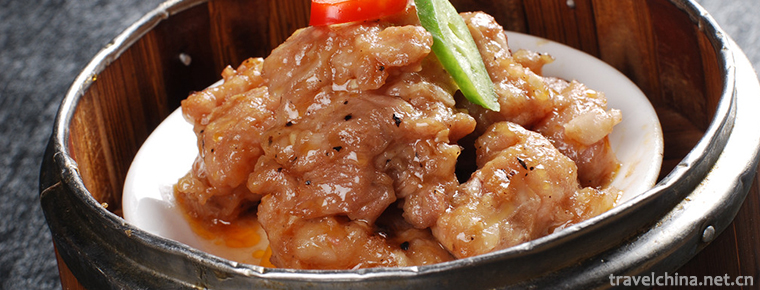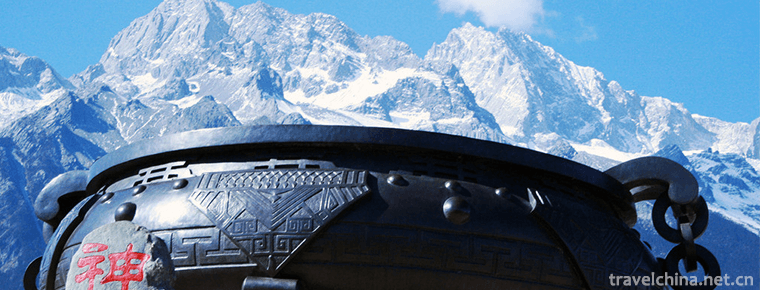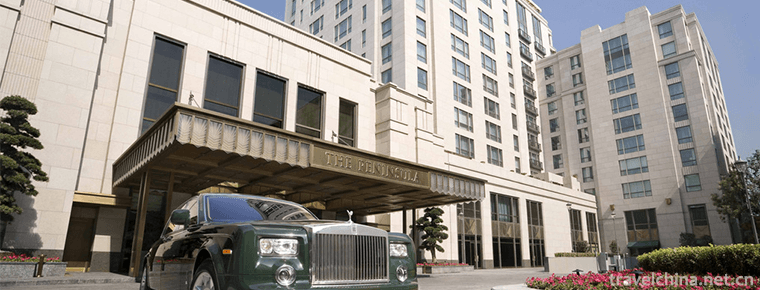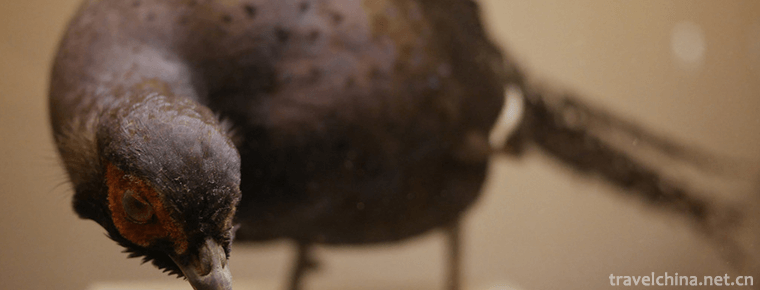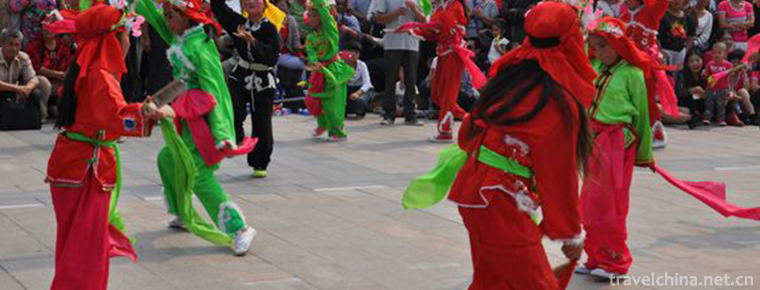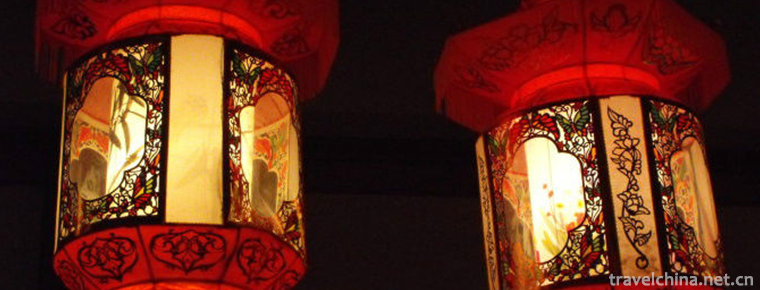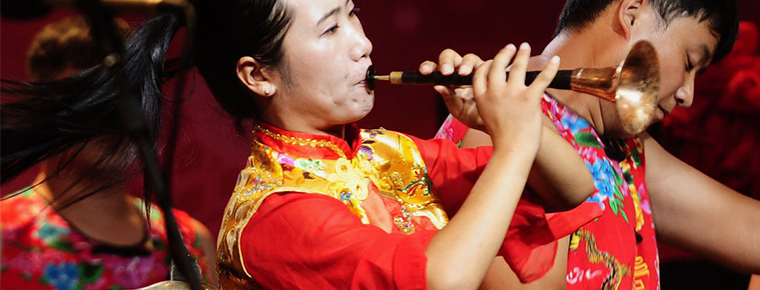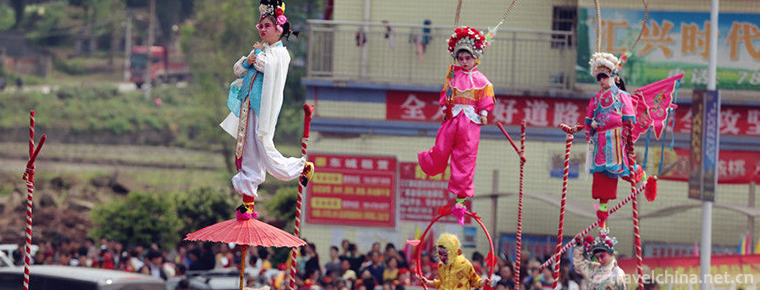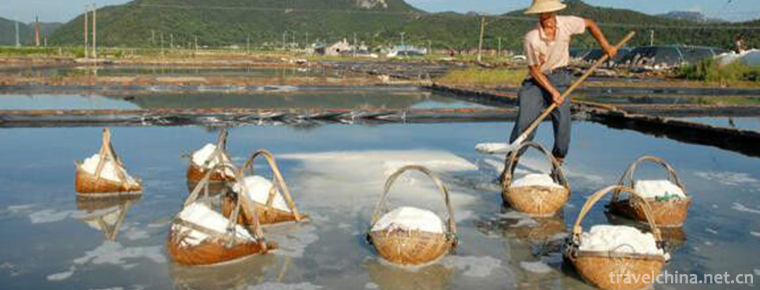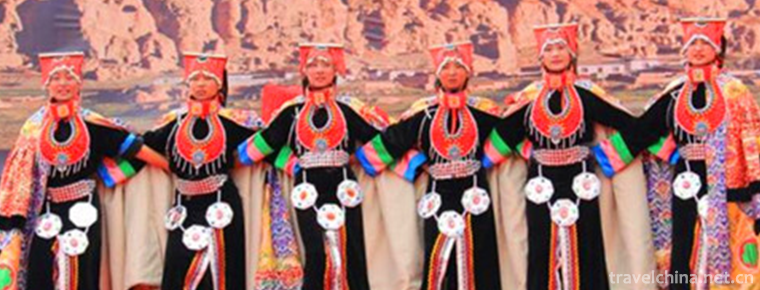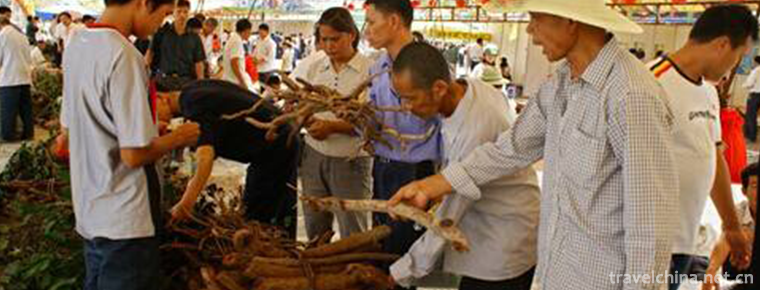Changsha Tanci
Changsha Tanci
Changsha Tanci is a traditional opera in Hunan Province. It is popular in Changsha, Yiyang, Xiangtan, Zhuzhou and Liuyang of Hunan Xiangjiang River and Zishui River basin. Changsha Tanci derives from Taoist sentiment and is spoken and sung in dialect. It is also called Changsha Tanci as Taoist sentiment. Qing Yang Enshou's Tan Yuan Wenlu recorded Changsha Road lover Zhang Zhi's singing during Tongzhi's reign and said, "Singing Dao Qing with drums and panels" is very vivid. Later, there was a man playing the Yueqin, a man singing the "Fishing Drum Dao Qing" with a fishing drum board and a cymbal festival. After the autumn harvest, the artists sing in villages and usually sell and sing in the streets of cities and towns. In the mid-1920s, Changsha artists Zhou Shouyun and Shu Sanhe entered the tea house to "sit in a shed" to talk. After the 1950s, it was named Changsha Tanci.
In 2008, it was selected as the second batch of national intangible cultural heritage list.
Historical Origin
Changsha Tanci: Once the darling of the city
Changsha Tanci was formed in Tongzhi period of Qing Dynasty. At the beginning, when singing "Liu Ling drunk" in 1863, Zhang Zhi, the ancestor of Changsha Tan Ci, was described in detail in Tang Yuan Wenlu by Yang Enshou, a dramatist of the Qing Dynasty. "Singing"Liu Ling drunk"with"Tan Yuan Wenlu", which is vivid.
During the 1911 Revolution, many progressive intellectuals used Changsha Tanci to propagate democratic revolutionary ideas. It uses very popular and vivid lyrics to display painfully the urgent situation in China and to stimulate the patriotic enthusiasm of the people.
In 1904, after Changsha was established as a commercial port, tea houses occupied the first place in the province; after the War of Resistance Against Japan, there were still more than 100 tea houses in Changsha. Changsha people sit in teahouses, not only have the temptation of fragrant tea, the enjoyment of beauty, but also enjoy chatting and listening to books. At that time, there were forty or fifty rappers in Changsha City, with more than 20 teahouses set up, two daily and evening performances, each audience of 100 people. Among all the bookstores, the Fire Palace bookstore is the most famous. The storytellers and martial artists perform in the Fire Palace. After 1940, there are three bookstores, which can accommodate more than 200 listeners.
In the mid-1920s, Changsha artists Zhou Shouyun and Shu Sanhe entered the tea house to "sit in a shed" to tell stories. After the 1950s, it was named Changsha Tanci.
Changsha Tanci declined rapidly after the "Cultural Revolution". Only in the late 1970s and early 1980s did Changsha Tanci regain its new life. At that time, there were still more than 20 Tanci artists left in Changsha. In order to rescue and protect Changsha Tanci, Changsha City has listed Changsha Tanci as a protected historical and cultural heritage, and allocated special funds for rescue and collation.
Hard journey
Changsha Tanci is a kind of urban folk art. It originates from Taoist sentiment. It is also called Changsha Taoist sentiment because it is spoken and sung in Changsha dialect. Popular in Changsha, Yiyang, Xiangtan and other places, has a history of more than 200 years. In Tangyuan Wenlu written by Yang Enshou, the Qing Dynasty dramatist, Zhang Zhi, the ancestor of Changsha Tanci, wrote about Liu Ling's drunkenness in 1863 (the second year of Tongzhi). During the 1911 Revolution, many progressive intellectuals used Changsha Tanci to propagate democratic revolutionary ideas. Such as Chen Tianhua's scattered rhyme and Tanci work "Meng Huitou", which had a strong impact at that time.
Major Artists
In the eyes of Changsha people, Peng Yankun is the same as Changsha Tanci, and he is known as the "living fossil of Changsha Tanci". From the 1940s to the 1960s, Peng Yankun performed in the Palace of Fire, and the art of playing CI became more and more mature. He sang not only the traditional biography of Yue Fei, but also the ancient city of fighting wildfire and spring wind, and the King Kong of Fire. Holding a yueqin, wearing a pair of sunglasses, holding Changsha dialect in the hall of the Palace of Fire, accompanied by banyun to talk about the past and present, has become the classic image of Peng Yankun and the image of Changsha Tanci.
Quyi is too difficult to be successful
Among Peng Yankun's apprentices, the soldier is the most famous. According to the soldiers, Peng Lao's accomplishments in Changsha Tanci are unprecedented, and there will be no future. In the process of learning with Peng Lao, I have learned the basic rules of Changsha language and its phonetic characteristics, which is also of great significance to the tempering of cross talk art.
artistic characteristics
Changsha began to sing lyrics on drums and boards, and later developed into a solo piano rapper; later, two people sang: one accompanied by a solo piano and one by a solo piano.
Fishing drum drum board and small money festival, two people singing together. In the early days, they all sang for street people, mostly about "exhortation" and short stories. After 1927, they began to enter bookstores and teahouses and sit in the shed to talk and sing long stories.
Quben prose and rhyme are interrelated, and the combination of rap and singing is mainly composed of rhyme singing. There are two kinds of words: blank and rhyme. The lyrics are mostly seven-character sentences. Early singing was simple, with only plate changes. Later, it absorbed folk minors and local opera singing tunes, and became a combination of plate style change and music plate combination. Specifically speaking, there are nine boards and nine chambers in the structure of the upper and lower sentences. Nine boards have flat board, adagio, fast board, loose board, crying board, etc. Nine boards have flat cavity, sad cavity, happy cavity, soft cavity, etc. Different tunes are used in different types of plates. Flat plate is the basis of various types of plate, and flat cavity is the most widely used tone in flat plate. Famous actors have Ju Wood in front and Shu Sanhe in the back.
genre
There are three main schools in Changsha Tanci's rap style. One is Liao School, whose performance is represented by Liao Fuxing.
It has a little singing voice and a lazy taste. One is the Zhou School, represented by Zhou Shouyun, whose performance is full of lyrics and powerful singing. There is also the Shu school, represented by Shu Sanhe, whose performance and singing are orthodox but rigid. Peng Yankun's rap has absorbed the essence of all schools, and has incorporated some of the singing styles of Hunan opera, flower drum melody, Huangmei Opera and Beijing Opera into rap, and he himself is also known as "living fossil of Changsha TAPPI". Previously, Changsha's Tanci included flat tune, happy tune, soft tune, sad tune, big sad tune, angry tune, immortal tune and other singing tunes. Peng Yankunbo adopted many advantages, melted and applied them, and created his own "abusive tune", which made the form of Changsha's Tanci more flexible and lasting.
Main repertoire
The short passages in Changsha Tanci program are called "Xiaoben", such as Lin Ying sighing to himself, Xiangzi Shitu and Baochai Ji.
The new catalogues include short stories such as "Congratulating Qinglian", "Luti Ju Quan Da Zheng Guanxi", "Eastern Guo Jiu Wolf", "Zhi Chuang Poyang" and "Guo Liang". The traditional long books include Yue Fei Quan Zhuan, Can Tang Dynasty, Bao Chai Ji, etc. The short passages include Wu Song Da Tiger, etc.
Inheritance Significance
Quyi is being tested
Changsha Tanci has a combination of speaking, singing and rhyming. There are two kinds of words: blank and rhyme. There is also a short passage to the end. In its early stage, its aria was relatively simple, mainly with plate-style changes. In the process of development, it gradually absorbed some folk minor tunes and opera arias, and became a melody form combining plate-style changes with the combination of Qupai. There are "eight boards and nine chambers" and "nine boards and thirteen chambers". The short passages in Changsha Tanci traditional program are called "Xiaoben". They include "Lin Ying sighs to himself", "Xiangzi Shitu", "Baochai Ji" and so on.
Changsha Tanci is a kind of urban folk art, which once flourished at the beginning of the last century. However, after the Cultural Revolution, it declined rapidly. Today, all the history and culture of Changsha Tanci are shouldered by Peng Yankun.
It is undeniable that Changsha Tanci has declined. "Material competition is natural selection, so is Quyi." Changsha opera once flourished with the help of the Opera Hall after its development. At that time, how did Changsha play CI unexpectedly enter the opera hall? The strength is too thin, coupled with the impression that the singing hall is a noisy place, and Changsha Tanci needs to calm down, closed eyes slowly charming.
Not to be abandoned
Now Changsha City has listed Changsha Tanci as a protected historical and cultural heritage, and allocated special funds for rescue and sorting out. "Changsha Tanci is an authentic Changsha culture. To abandon Changsha Tanci is to abandon Changsha's native culture."
Inclusion
Changsha Tanci is listed in the national intangible cultural heritage list
The popular art of commentary has been listed in the second batch of national intangible cultural heritage lists. This means that the art of reviewing books with thousands of years of history will be better inherited and protected.
In the second batch of national intangible cultural heritage list just released by the State Council, Yangzhou Tanci, Changsha Tanci, Hangzhou Yanci, Hangzhou Yanhua, Shaoxing Yanci, Linhai Yanci, Siming Nanci, Northern Yanci, Hubei Yanci, Pudong Shushu, Xiamen Ancient Lecture and other places are listed on the list.
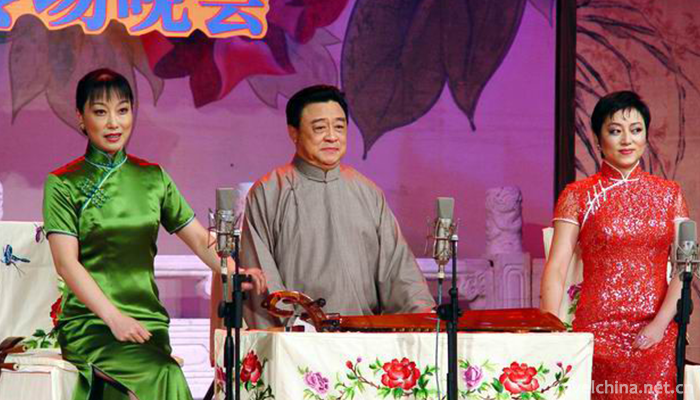
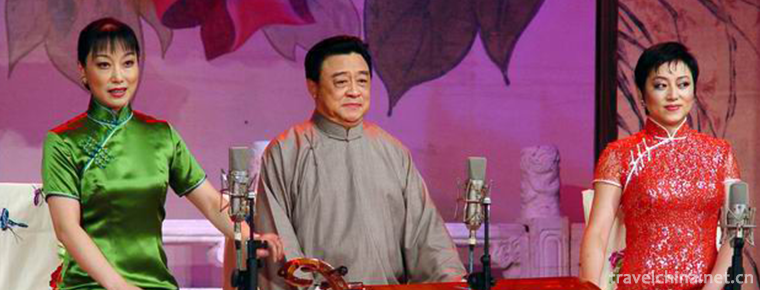
Changsha Tanci
-
Black bean steamed pork ribs
Steamed pork ribs with lobster sauce is a traditional dish with color, aroma and taste. It belongs to Guangdong cuisine department. Cut the chopped pork ribs and add the marinade
Views: 281 Time 2018-11-02 -
Dongjiang Lake Tourist Area Coconut City
Dongjiang Lake Scenic Tourist Area is located in Zixing City, Hunan Province. It is a national scenic spot, a national 5A scenic spot and a national wetland park.
Views: 208 Time 2018-12-12 -
The Peninsula Shanghai
Shanghai Peninsula Hotel is located on the Bund, which has a long history. It is the only new building on the Bund in 60 years. It can enjoy the Grand View of the Bund, Huangpu River, Pudong
Views: 265 Time 2018-12-16 -
Chaoyang Bird Fossil National Geological Park
Chaoyang Bird Fossil World Geopark is located in Chaoyang City, western Liaoning Province. Chaoyang is located at the junction of Liaoning, Hebei and Mongolia provinces in the throat of Chinese cock t
Views: 136 Time 2019-01-05 -
Cangzhou Lazi
Cangzhou Laozi is a traditional folk dance with strong local characteristics in the central area of Hebei Province. Laozi is one of the representative folk dances in Hebei Province.
Views: 183 Time 2019-04-04 -
Lantern Festival
It is closely related to the folk custom of Lantern appreciation in China. According to textual research, lantern appreciation began in the Western Han Dynasty and flourished in the Sui and Tang Dynas
Views: 130 Time 2019-04-26 -
Drum and percussion music in Southwest Shandong
Southwest Shandong drum music is a kind of traditional folk instrumental music in Shandong Province. It takes Jiaxiang drum music as a typical representative and mainly distributes in Jining, Zaozhuan
Views: 341 Time 2019-05-15 -
Sanhui Pavilion Club
Sanhui Caiting Pavilion is a local traditional folk cultural activity that performs in streets or squares on March 16-18 of the lunar calendar every year. Its artistic form of performance is ingenious
Views: 139 Time 2019-06-12 -
Salt drying Techniques
Salt-drying process is a special kind of handicraft technology. Its existing form is different from the general intangible culture. Its products are closely related to people's daily life and industri
Views: 151 Time 2019-06-13 -
Xuan dance
Xuan is the Xiangxiong language. The earliest name used by Yongzhong Ben religion of the ancient Xiangxiong Buddha is "Xuan" dance. Xuan has more profound and profound implications. Xuan is
Views: 167 Time 2019-07-09 -
Drug Market Customs
Pharmaceutical market is a trade fair held regularly in the centralized distribution center of traditional Chinese medicines with historical origin. There are more than 110 centralized distribution ce
Views: 225 Time 2019-07-11 -
Batang Tuanjie steamed stuffed bun
The Tuanjie steamed bun was not invented by the 18th army when it entered Batang. In the old days, Tuanjie steamed bun, to be exact, was made by Batang ancestors hundreds of years ago. Moreover, it has been handed down to the present day.
Views: 250 Time 2020-12-06
